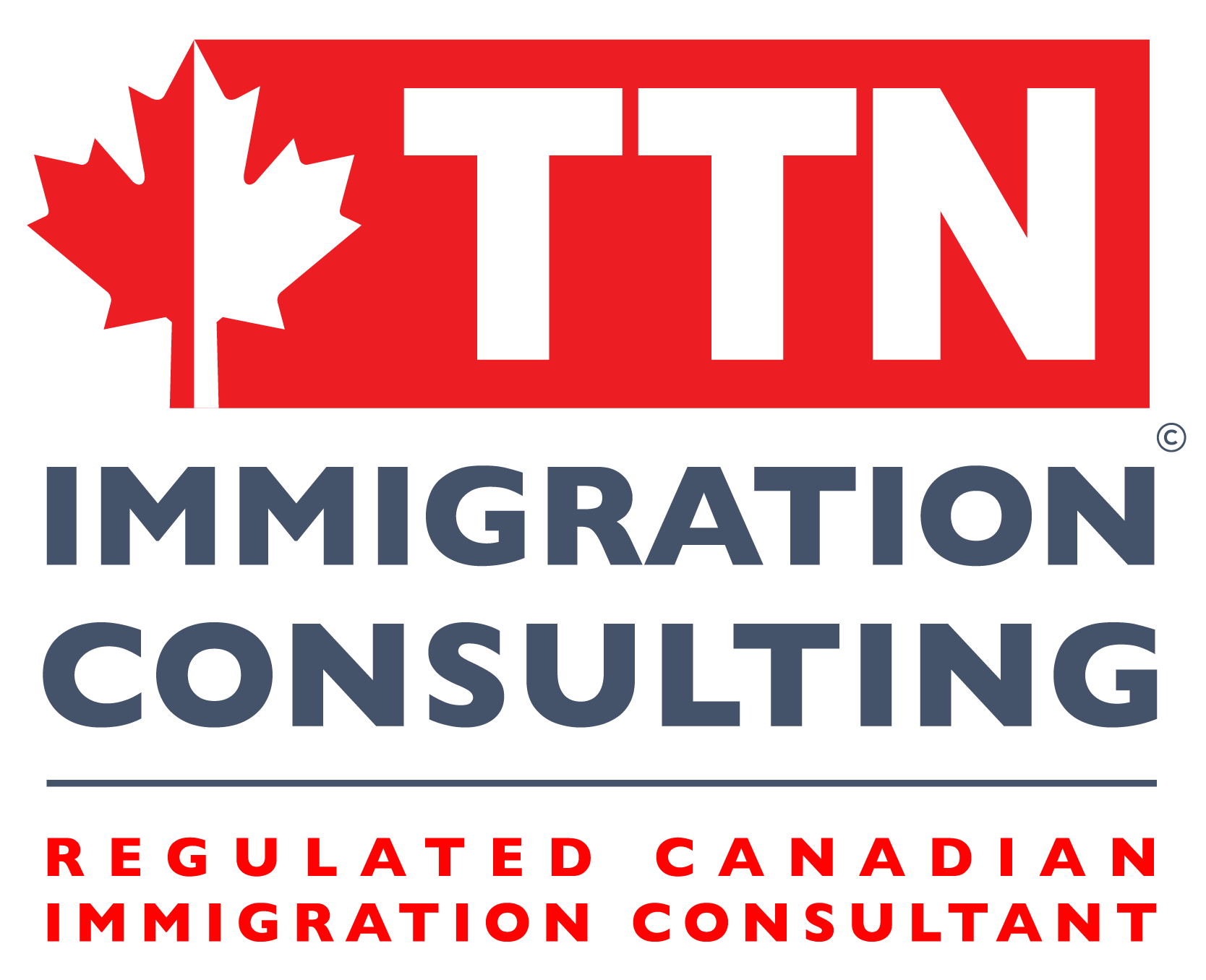eCOPR - Electronic Confirmation of Permanent Residence in Canada
The Canadian immigration system underwent several adjustments due to the COVID-19 pandemic, among which is the introduction of eCOPR. Essentially, eCOPR is a PDF document confirming one's permanent residency in Canada. Let us delve into who qualifies for this document and the process of receiving it.

If IRCC approves your PR application, you will receive a COPR (Confirmation of Permanent Residence). COPR typically indicates that you have become a permanent resident of Canada. However, it also includes important personal information. Please note the following:
- The form number for the COPR could be either IMM 5292 or IMM 5688. This number is located in the bottom left corner of the form.
- You will receive the COPR in hard copy format on paper.
- The COPR replaced the Record of Landing form (IMM 1000) in 2002.
- While the COPR is an essential document, you still require a valid PR card to travel to Canada.
The process of a COPR
Before delving into eCOPR, let's concentrate on the traditional COPR process. Previously, you would always receive a physical COPR. Consequently, you needed to travel to Canada with a PR visa, using it to validate your COPR at the port of entry. Naturally, if you were from a visa-exempt country, you could travel without a visa but with the assistance of an eTA (Electronic Travel Authorization). The same applied to individuals exempt from visas due to their passports. Fortunately, the process for applicants outside Canada remains unchanged today.
For applicants residing in Canada, they had the following options:
- Flagpole! (Exit and re-enter Canada at a land border or airport to validate their COPR.)
- Validate their COPR at an inland IRCC office.
- Travel abroad and upon return, validate their COPR. However, for this option, they required a valid Temporary Resident Visa (TRV) or Electronic Travel Authorization (eTA).
The introduction of eCOPR has indeed altered the process for individuals applying for PR inland.
Who are inland applicants?
Some individuals are currently residing in Canada while applying for PR. However, typical exceptions may include:
- Spousal or common-law sponsorship inside Canada
- TR to PR Pathway (had been closed in 2021)
- Caregivers
- Majority of Canadian Experience Class applicants under the Express Entry system
In addition, the following groups are inside Canada while awaiting their PR:
- Many Provincial Nominee Program (PNP) applicants, particularly those with work or study experience in the province.
- Some applicants under the Federal Skilled Worker Class (FSWC) and Federal Skilled Trades Class (FSTC) through the Express Entry system.
- A subset of applicants to the Agri-Food Pilot program.
Certainly, these lists are not exhaustive. You may have applied for immigration through another process while outside Canada. However, it's possible that your application is finalized while you're inside Canada. An example of this scenario is receiving a work permit, study permit, or Temporary Resident Visa (TRV) despite having dual intent.
eCOPR who who's currently residing in Canada
If you meet this requirement, you may be eligible to receive an eCOPR. IRCC will contact you via email and ask you to create an online PR profile. This process allows you to confirm your presence in Canada and upload the necessary immigration photos. If you already have a PR profile, you can use the existing profile for the eCOPR application process. However, it's important to note that your immigration representative cannot use the personal system to apply for eCOPR on your behalf.
If everything goes smoothly, you will receive a validated eCOPR. Consequently, you won't need to leave Canada, flagpole, or visit an inland office to validate your COPR.
The eCOPR process is evolving and subject to change. However, currently, it facilitates the quick acquisition of permanent residency for applicants inside Canada. If you have a representative, you're largely responsible for this part of the process. Nonetheless, you can certainly seek guidance and ask questions from your representative.
Can eCOPR replace your Permanent Residence card?
The PR card serves not only as a valid travel document for entry into Canada but also as photographic proof of your status as a permanent resident. Therefore, it is the strongest evidence of your permanent resident status. However, entry documents like COPR, eCOPR, or IMM 1000 only demonstrate that you became a permanent resident at a specific point in time, lacking important details such as expiry date or your photograph, and cannot replace the PR card. Nonetheless, there are some exceptions to this rule.
Can we help you in the eCOPR process?
Usually, we can't help you with the eCOPR process. However if you intend to immigrate to Canada, please complete our Evaluation Form through this link. Or contact to receive a detailed consultation.
English version: https://ttnimmigration.ca/vi/en/ecopr-giay-xac-nhan-ve-tinh-trang-thuong-tru-nhan-tai-canada/
